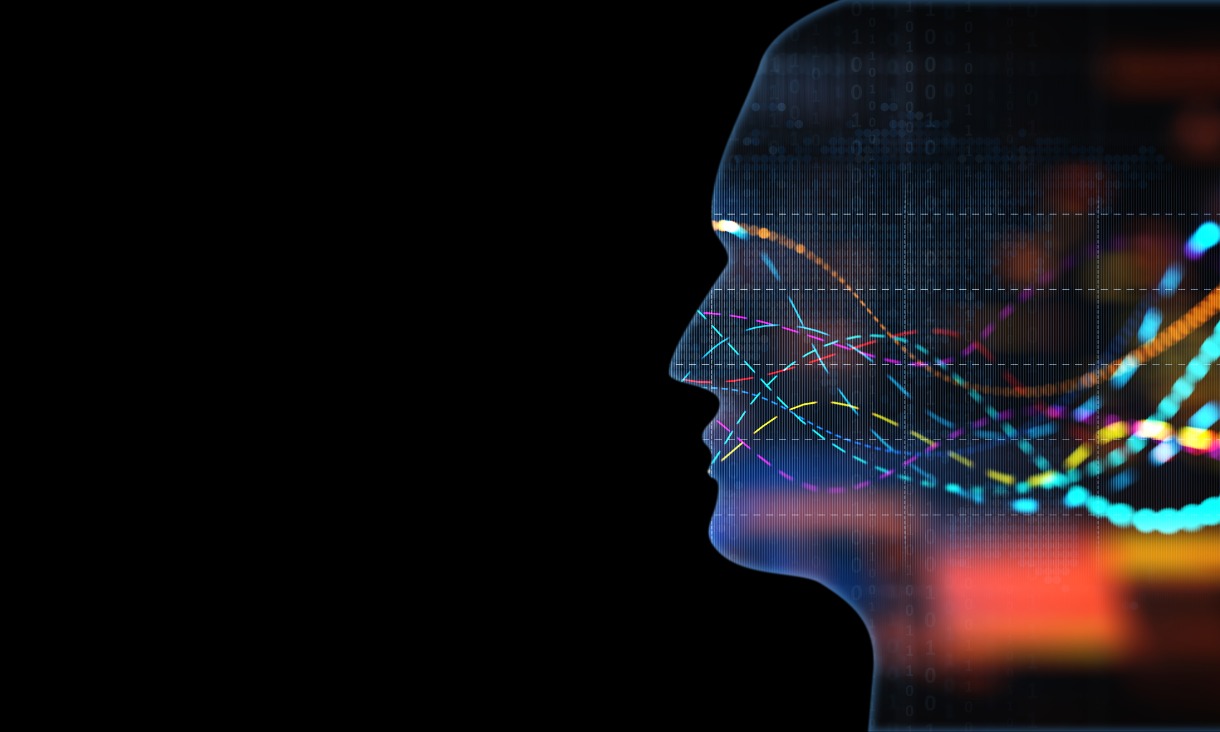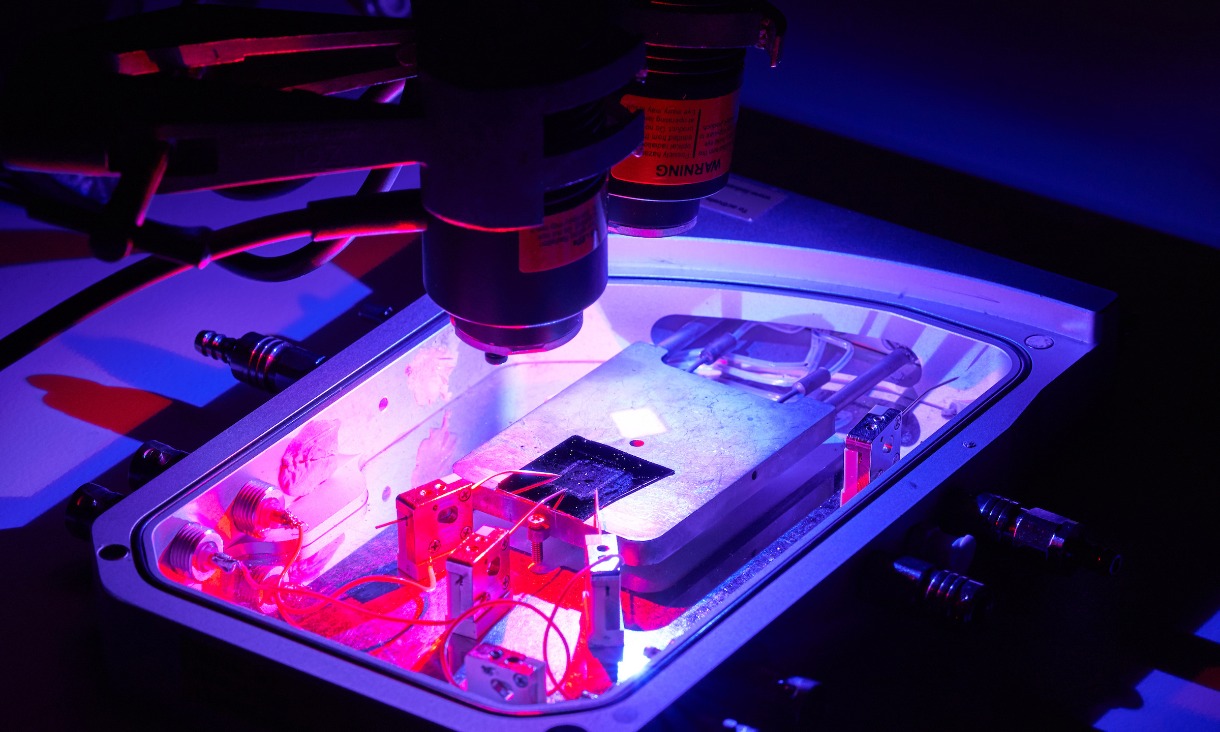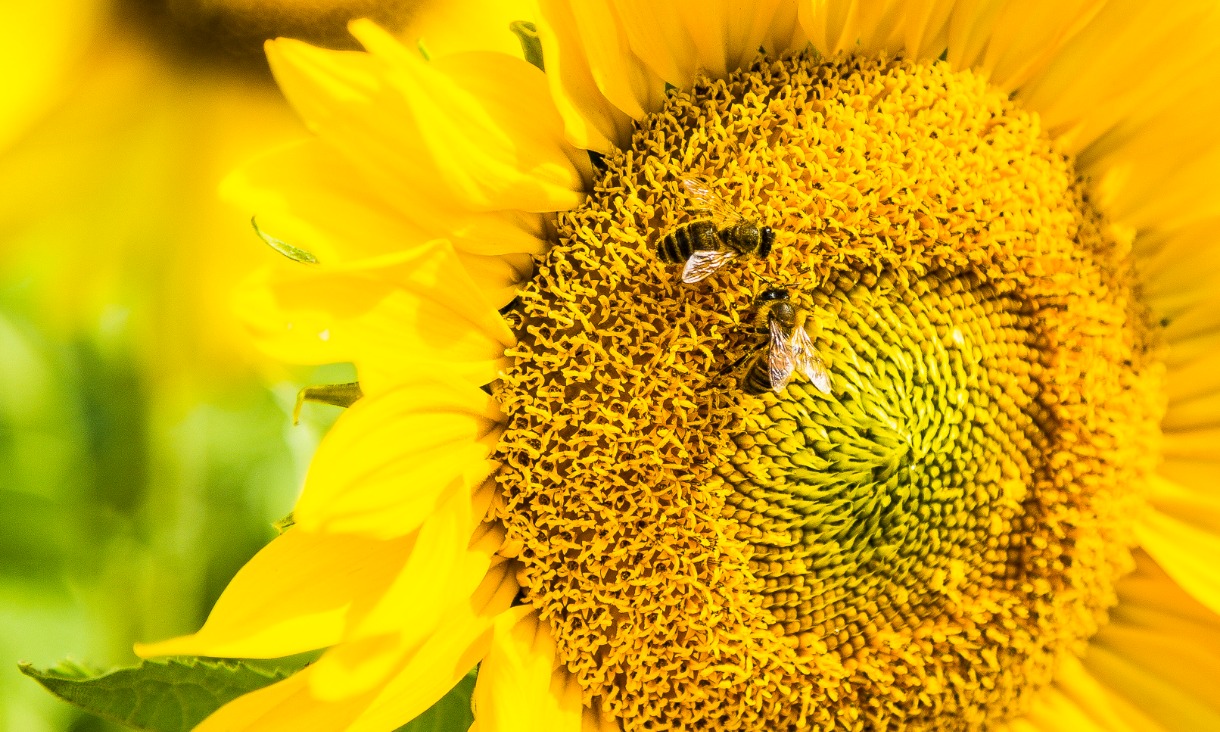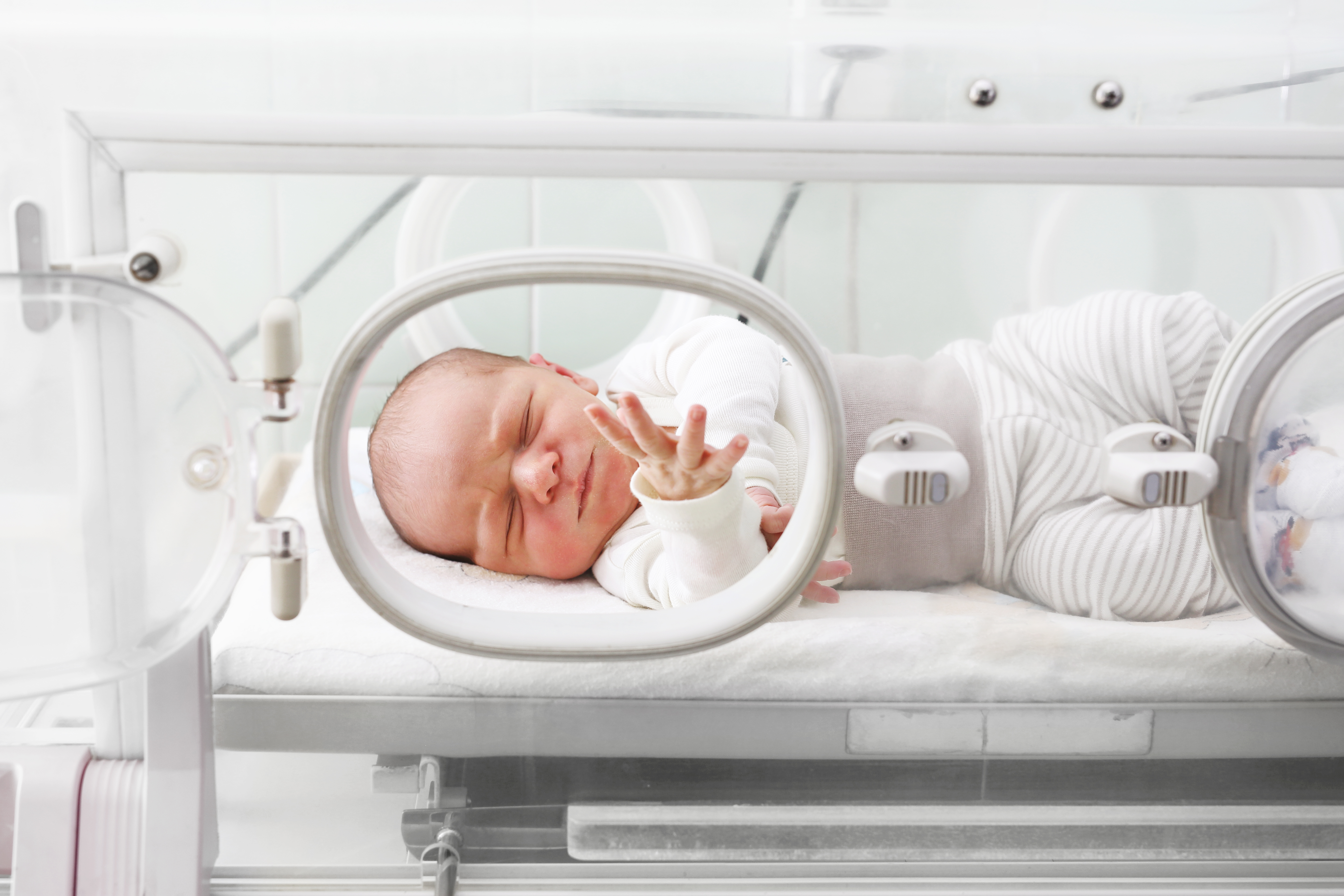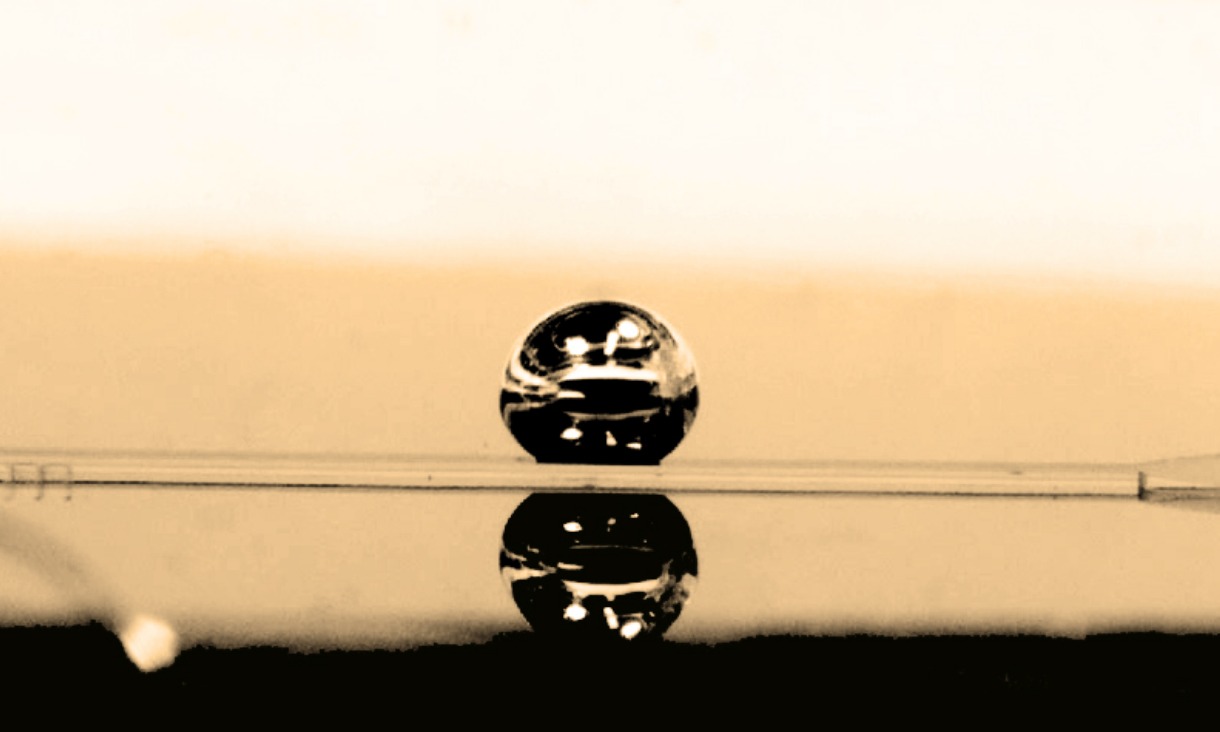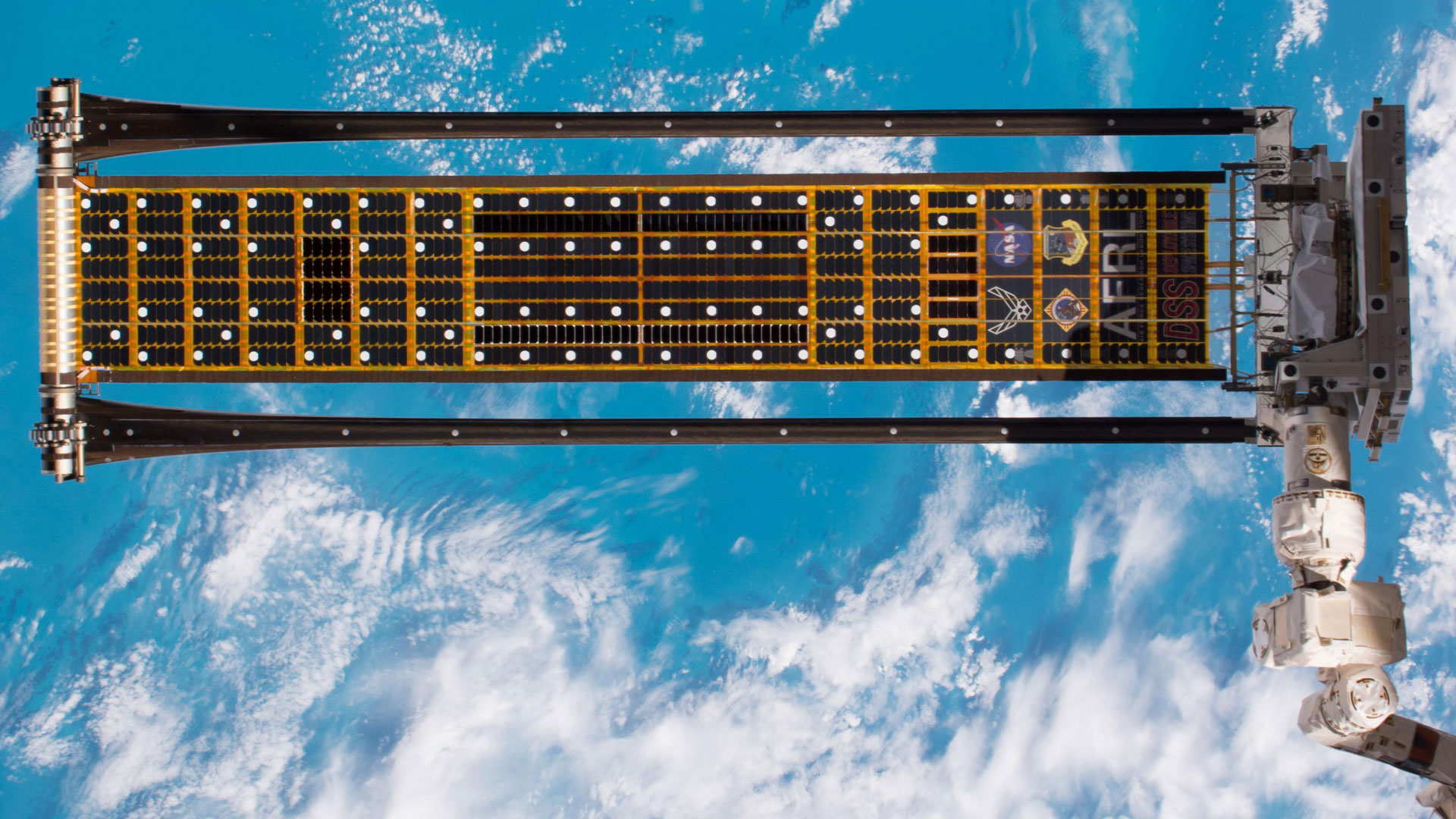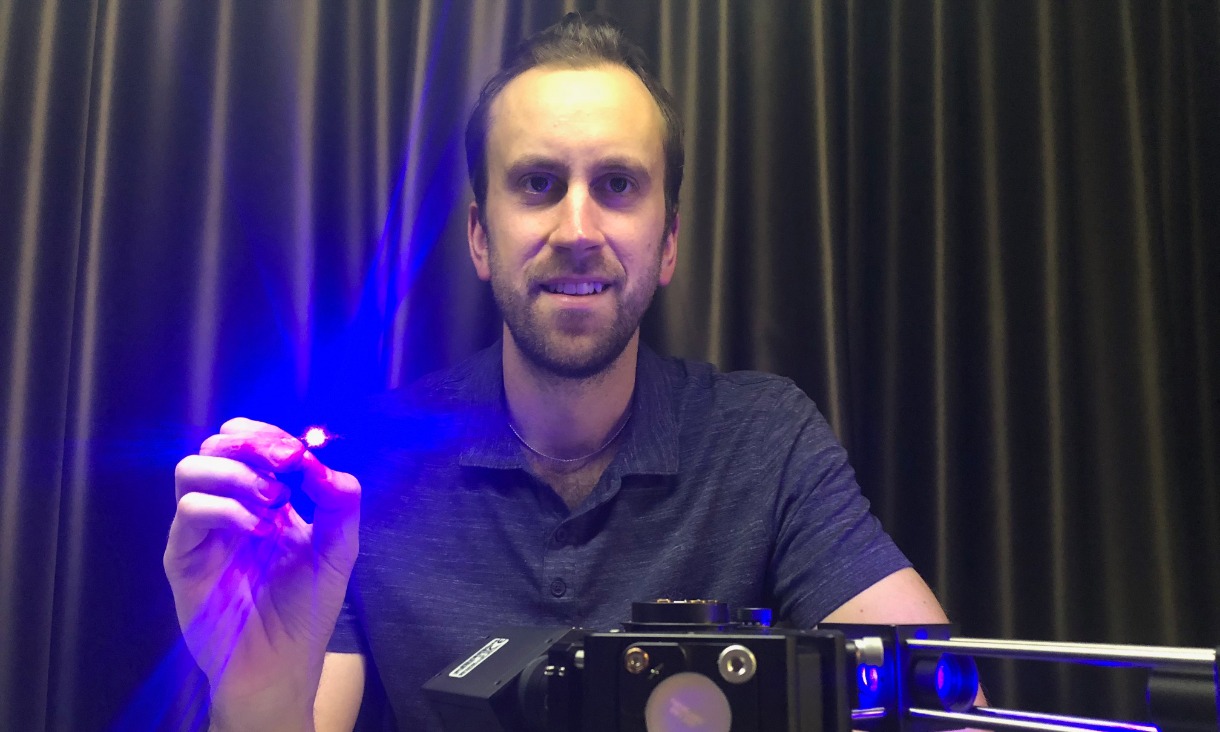3. Taking bees to school
After discovering that bees can understand the concept of zero, Australian and French researchers set out to see if bees also had the brains for basic maths.
The research involved training individual honeybees to visit a Y-shaped maze, and asking them to add or subtract based on coloured shapes to find the right path in the maze and be rewarded by sugar water, for a correct choice, or a bitter-tasting quinine solution if their choice was incorrect.
Previous studies have already shown some primates, birds, babies and even spiders can add and/or subtract, and this new research added bees to that list of clever creatures.
It was a discovery that not only expanded our understanding of the relationship between brain size and brain power but suggested that advanced numeral cognition may be found much more widely in nature than previously suspected.
4. Do we need to program computer guardians to protect our data?
Daily, without your knowledge, computer algorithms are using your data to predict your habits, preferences and behaviour.
But decision-making by algorithms goes much further - deciding who passes passport control, who gets debt collection notices, home loans and insurance cover, even who gets targeted by police and how long their prison sentence might be.
A group of leading computer scientists have recently been discussing the need to better protect ourselves in this emerging system, and say that without taking action, we will lose control over both our personal data and transparency in the decisions being made about us.
One of the solutions promoted is an ‘algorithmic guardian’, in the form of a personal assistant bot or even hologram, that accompanies us everywhere, and alerts us to what’s going on behind the scenes online.
